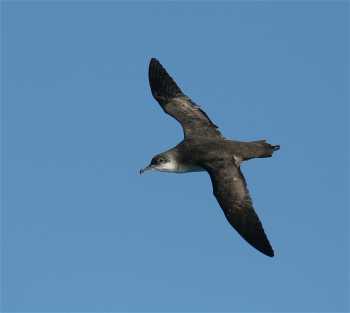The EU LIFE+ Malta Seabird Project aims to create an inventory of marine Important Bird Areas (mIBAs) for three seabird species: Yelkouan Shearwater Puffinus yelkouan, Cory's Sheaewater Calonectris diomedea and European Storm Petrel Hydrobates pelagicus. The three seabird species are listed on Annex I of the European Commission's Birds Directive; and the two shearwater species have been identified as potential candidates for ACAP listing.
The Project's objectives are:
Data collection to identify Marine IBAs in Maltese waters for the target species;
Production of a detailed inventory report on Marine IBAs in Maltese and international waters;
Monitoring seabird colonies in the Maltese Islands;
Dietary study of the target species; and
Enlargement and maintenance of the Central Mediterranean Seabirds at Sea GIS database.
The LIFE+ Malta Seabird Project is focusing on the Exclusive Fisheries Zone of Malta that extends to the 25-nautical mile limit from the shores of the Maltese Islands. Key foraging, resting and rafting areas of the study species within this area of sea will be identified between 2012 and 2014. The data collected will be analysed and built into models that will form the basis of the Marine IBAs report for Malta, to be completed in 2015. In the final stage of the Project in 2016 the Maltese government authorities will designate key areas as Marine Special Protected Areas to form part of the Natura2000 network.
Yelkouan Shearwater. Photograph by Alex Olle
In addition to the tracking studies, the project will collect baseline data on the birds' breeding success at the different colonies across the Maltese Islands. This will allow assessment of the overall effectiveness of conservation action on the seabird colonies.
GPS loggers are being attached to the backs of Yelkouan and Cory's Shearwaters for a few days at a time to record where the birds have been on their foraging trips at sea. Small geolocators that stay with the birds for an entire year are also being used to find out where the birds go during their during the winter and migration periods. The project started in September 2011 and will run until June 2016.
Click here for an earlier Maltese study on Yelkouan Shearwaters. You can read the latest news on the new project via its Facebook page.
John Cooper, ACAP Information Officer, 1 June 2012

 English
English  Français
Français  Español
Español 